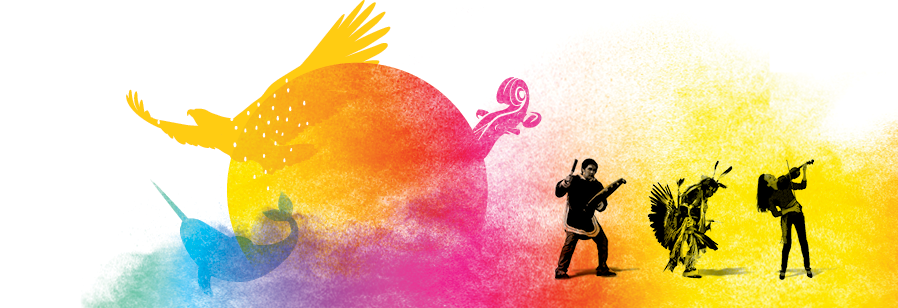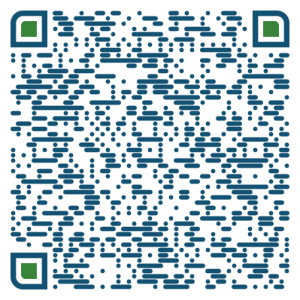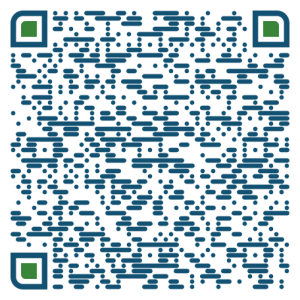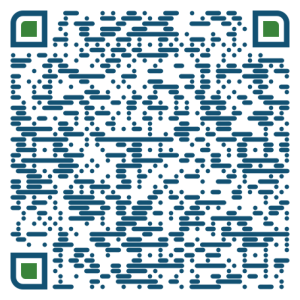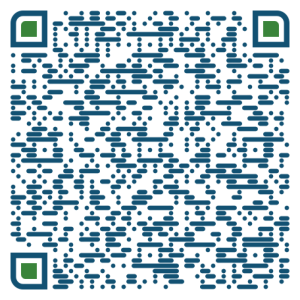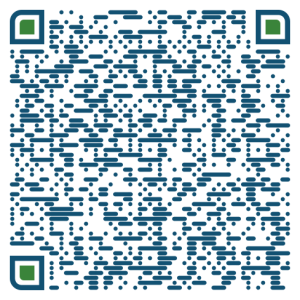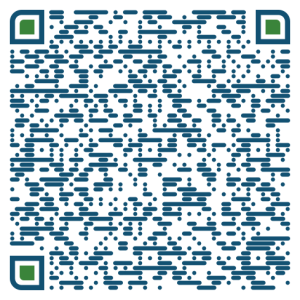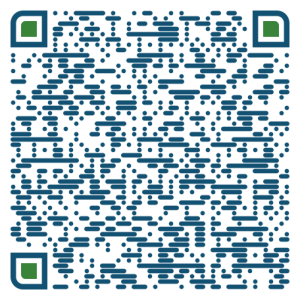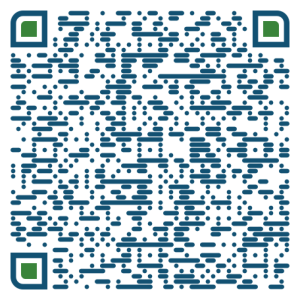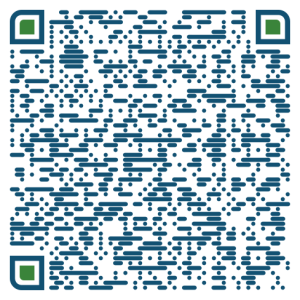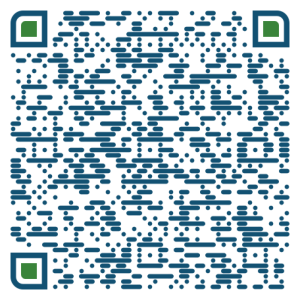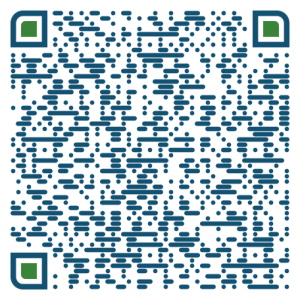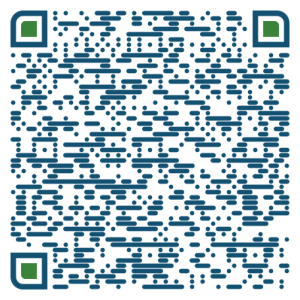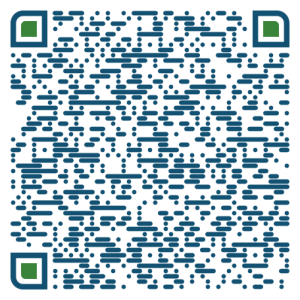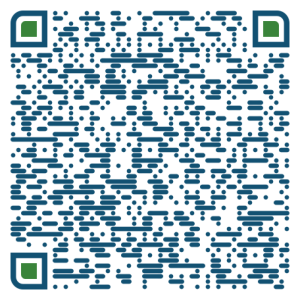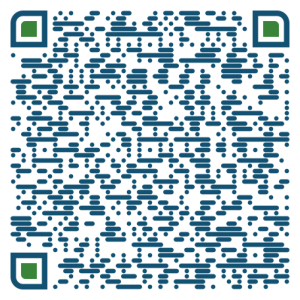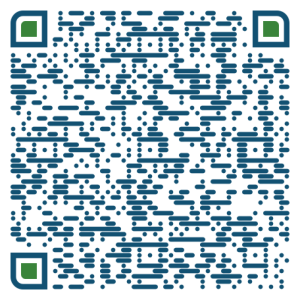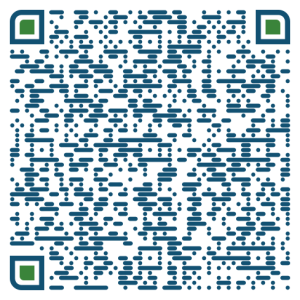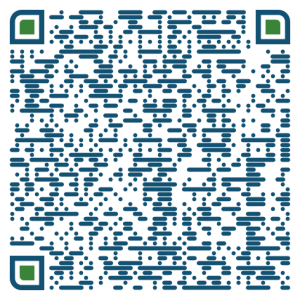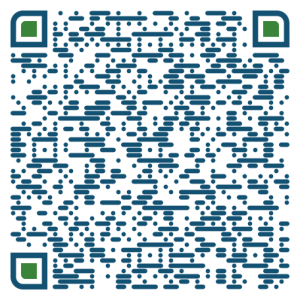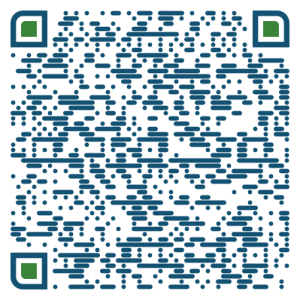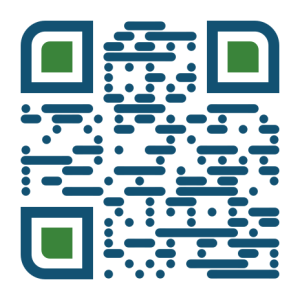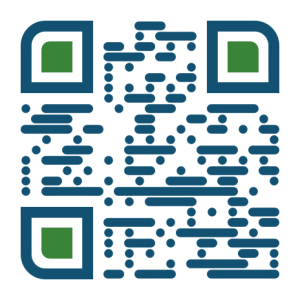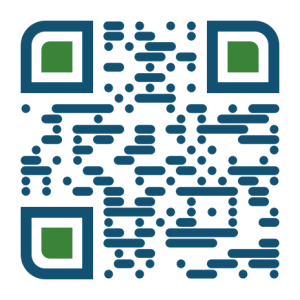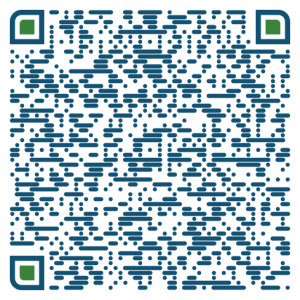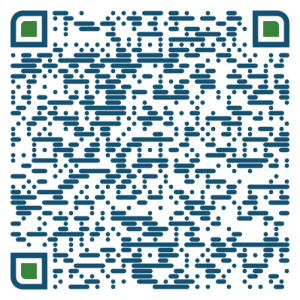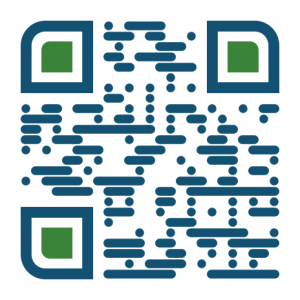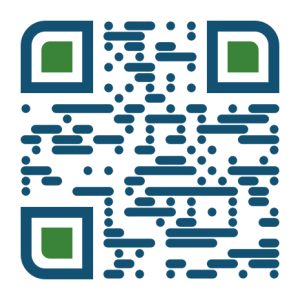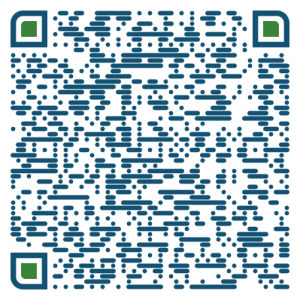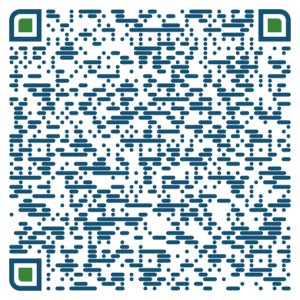PTAG celebrates National Indigenous History Month by learning more about the original people of this land.
As a part of the ongoing diversity and inclusion initiatives at PTAG, we believe and urge everyone to embrace and celebrate each other’s diversity. This month we celebrate National Indigenous History Month and honour the heritage, legacy and culture of First Nations, Inuit, and Métis people. We celebrate by challenging ourselves to learn more about our Indigenous community.
As an organization, PTAG stands with the Indigenous community members and is a committed member of the Progressive Aboriginal Relations (PAR) program of the Canadian Council of Aboriginal Business (CCAB). We are committed to help and strengthen our Indigenous community by bringing knowledge and resources to them and educate them. Thus, helping our Indigenous people to prosper and gainfully employed to bring a positive change in the community.
In this National Indigenous History Month let us educate and familiarize ourselves with some facts.
- National Indigenous History Month is recognized by the government of Canada because most of the cultural ceremonies and celebrations usually occur during this time of the year.
- There are over 600 Indigenous communities/groups in Canada which are categorized by the government under three categories based on their history, languages, cultural practices, and spiritual beliefs.
- First Nations – Status and Non-status Indians
- Inuit – Indigenous people from the northwestern territories
- Métis – Descendants from mixing of people of First Nations and European settlers.
- Indigenous people don’t prefer the term ‘Indian’ as it came into existence only after their contact with the Europeans.
- According to the 2016 Census, there are more than 1.67 million people in Canada who identify themselves as an aboriginal group.
- More than half of the Indigenous people reside in urban areas.
- They are the fastest-growing population in Canada – grew by 43% between 2006 and 2016.
- 45% of the Indigenous people are younger than non-Indigenous people, thus being the youngest population in Canada.
- Before the arrival of Europeans, the Indigenous people satisfied all of their material and spiritual needs through the natural resources available around them. They had complex knowledge of land systems, environment, science, math, politics, medicine, mental health, and spirituality.
- Federal law – Indian Act of 1876 provided Indigenous people with access to health care, education, housing, clean drinking water, and many other things which continue to this day.
- Many children were oppressed through the education system which was mostly administered by the churches from the 1920s to the 1990s. The children were subjected to horrific experiences like sexual abuse, corporal punishments, and torture.
- The reconciliation process with the Indigenous people began in 2006 by the Federal Government of Canada for the sufferings and trauma experienced by the survivors of the residential schools. Truth and reconciliation commission was formed which in its final report identified 94 call to actions for reconciliation.
Learn more about National Indigenous History Month: Learn More About National Indigenous History Month (rcaanc-cirnac.gc.ca)
Truth and Reconciliation Commission’s 94 call to actions: Delivering on Truth and Reconciliation Commission Calls to Action (rcaanc-cirnac.gc.ca)

